Rewind the 2010s: Best Albums of the Decade
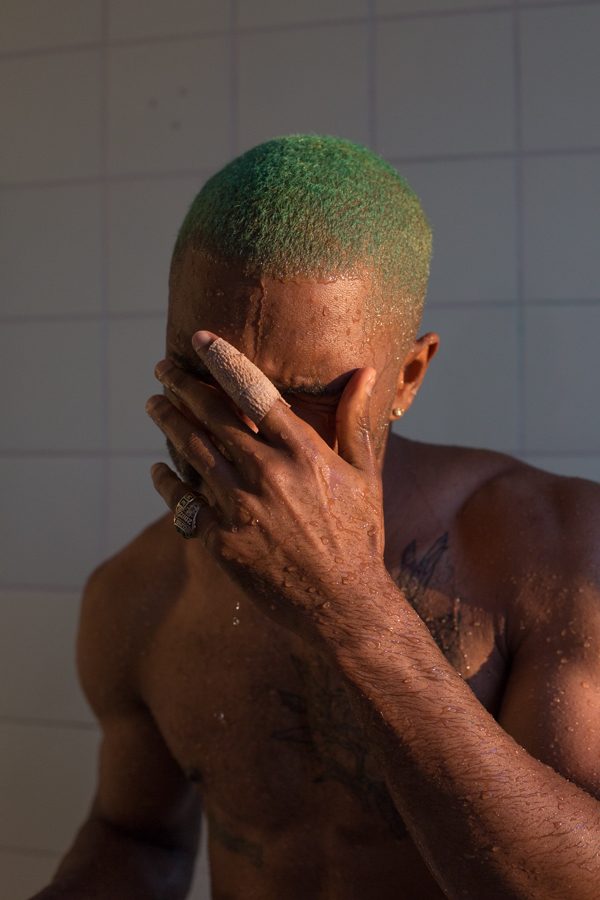
Rewind the 2010s: Best Albums of the Decade
Reviewing the best albums of the decade. (Courtesy of Facebook)
Reviewing the best albums of the decade. (Courtesy of Facebook)
October 16, 2019
Hang on for a minute...we're trying to find some more stories you might like.
Email This Story
Tame Impala, “Currents” (2015)
The Australian band’s third studio album “Currents” was written, recorded and produced by lead Kevin Parker. It marks a shift from Tame Impala’s former psychedelic rock tracks to more electric and pop-inspired pieces. The 80s synthetic sounds feel inspired by Fleetwood Mac and the Bee Gees, and it seems that Parker appreciated the simplicity of pop and decided to let the music speak for itself rather than layering and complicating sounds. This kind of idea is embodied by tracks like “Yes, I’m Changing,” and the 7-minute opener “Let it Happen,” where the sound captures the emotions just as powerfully as the vocals. This clean sound, however, requires meticulous scrutiny over each track. While recording the album, Parker did 1,003 different vocals on “‘Cause I’m a Man” until he perfected it. It’s this obsessive crafting that makes “Currents” a standout in the decade.
Lorde, “Pure Heroine” (2013)
This album made Lorde the superstar she is today. In “Pure Heroine,” she captures the feeling of growing up (because the 16-year-old was going through it, just like us). With tracks like “400 Lux,” “Tennis Court” and “Ribs,” she paints a picture of life in the suburbs where “the houses don’t change,” but you do. She describes the imminent doom of adulthood: “We’re reeling through the midnight streets […] it feels so scary getting old.” In “Royals,” friendship and love replaces the “islands [and] tigers on a gold leash” that pop materialism emphasizes. Her sharp, wise lyrics capture the hope for adulthood that coexists with the nostalgia for childhood in one’s teens.
Kacey Musgraves, “Golden Hour” (2018)
“Spacey Kacey” is now a favorite even amongst people that claim to avidly dislike country, thanks to the power of her most recent album, “Golden Hour.” In her third studio album, Musgraves leaves her distinctive mark on country, starting with the opening track “Slow Burn.” “I’m gonna do it my way, it’ll be alright,” she sings. She incorporates electronic and pop sounds inspired by ABBA and Madonna with traditional country to make what she describes as “cosmic country” (hence the nickname). Tracks like “High Horse” feature synthesizer and loops that are disco-inspired. In many ways, Musgraves becomes a “Space Cowboy,” navigating the uncharted territory that lies between distinct music genres.
Rihanna, “ANTI” (2016)
In retrospect, “ANTI” feels like a precursor to the new Rihanna: a wildly successful and powerful entrepreneur. She opens her eighth studio album with “I got to do things my own way darling […] why you ain’t ever let me grow?” in “Consideration” featuring SZA. In the album, she does exactly that – grow. In an interview with MTV, she emphasizes her need to make something that “felt real, that felt soulful, that felt forever.” No longer is she making dance and pop hits like “Pon de Replay” or “Don’t Stop the Music” from the early 2000s. Instead she belts about love in “Higher” and in the sweet “Love on the Brain” track. She doesn’t forget the lows of love either; loneliness and disappointment come through in “Desperado” and “Needed Me.” The power in her voice and newfound freedom in writing honest music empowers both Rihanna and her listeners.
Kanye West, My Beautiful Dark Twisted Fantasy (2010)
This album is just as complex as the artist behind it. It simultaneously explores Kanye’s vulnerability and ego in extremes that often play out in real life, usually on his Twitter account. “MDTBF” follows the loss of his mom and (first) Taylor Swift scandal. It is jam-packed with features like those found on “Monster,” which includes Nicki Minaj, Bon Iver, Jay-Z and Rick Ross. Even so, Kanye leads the pack, never getting lost in the collaborations. He combines rap and pop in a way that changed the coming decade, making way for more experimental, layered beats and use of sampling. The sound transports the listeners into Kanye’s fantasy, a world overwhelmed by the dark realities of fame and power. “I guess every superhero needs his theme music” – but in this fantasy, the hero can also be the villain.
Lana Del Rey, Norman F**king Rockwell (2019)
“NFR!” exists in between the past and future of the singer, hope and nostalgia and love and heartbreak. The line between extremes is embodied in “Love Song,” where she describes how she would sacrifice anything to make her lover proud. Following “Cinnamon Girl,” Del Rey then says of the one that holds her without hurting her: “you’d be the first who ever did.” The most powerful track is the final one: “hope is a dangerous thing for a woman like me – but I have it.” She told BAAZAR she has hope in the future because “things have been confusing for a long time, whether it’s politically, culturally, or personally.” Her lyrics and emphasis on each syllable make the listener question themselves and where they exist between these binaries.
Frank Ocean, Blonde (2016)
Duality permeates every aspect of Frank Ocean’s second album. Even the title of the album cannot escape it; it’s listed as “Blonde” on streaming services, but the album art says “Blond.” He traces his past and its effect on his future; hardships he has faced, whether in relationships or with family, are connected by rough nights in the track with the same name. On the album, he exists as a rapper and a soft singer, his tone mirrored by the atmospheric, emotional melodies. It’s deeply personal like a diary, where introspection is essential. He aches to explore the world while still wanting to settle down in “White Ferrari.” “Clearly this isn’t all that there is,” he croons. The paradoxes Ocean explores within his memories, strengthened by his wordplay and R&B pop sound, are why many consider this to be the greatest soft album of all time.
Kendrick Lamar, “To Pimp a Butterfly” (2015)
Following the success of “good kid, m.A.A.d city,” Lamar released his second studio album, “To Pimp a Butterfly.” Jazz, soul and funk influence this work more so than any of his previous projects, including instrumental and production features from Thundercat and Kamasi Washington. The album not only fuses genres but also styles; it mixes together songs with a spoken word poem, in which Kendrick is talking to 2Pac. Kendrick unpacks his sense of self, and delves into themes of violence, race and politics. To do so, he makes powerful references to fictional characters like the resilient Kunta Kinte, a slave who tried to escape in the novel “Roots.” “Being a black man, I’ve been called many things… but it’s taking that negativity and being proud of it and making it your own,” Lamar said to MTV. Other references come through the poem; at the end of “Alright,” he addresses 2Pac and how both of them faced the pressures of being a cultural force, through which he contemplates self-love and hate.
Adele, 21 (2011)
Adele’s sophomore album brought powerful, belted ballads into the ’10s. The project is defined by the heartache and vulnerability that ensues after a breakup. She asserts her anger in tracks like “Set Fire to the Rain,” and even mocks her ex on “Rumour Has It.” Against the simple piano melody, she wistfully reminisces the glory days of her past relationship in her hit single “Someone Like You.” Released before this was the single “Rolling in the Deep,” which Adele describes as “gospel disco.” It set the stage for the aforementioned power ballad, as well as her next album’s “Hello.” In each track, the conviction of her melancholic voice leaves a deep impression on the listener. She paints the story of a heartbroken young woman looking back but also in love again, like on “One and Only.” For this reason, the artist left an impression on this decade’s pop (and will continue to remain one of the only CDs I have left).
Beyoncé, “Lemonade” (2013)
“I was served lemons, but I made lemonade.” Beyoncé’s second visual album and sixth studio release is unlike anything she has ever done before. The artist, who is typically private when it comes to personal matters, made an album that fully delved into her vulnerability following the infidelity of her husband. “Lemonade” bares it all and Beyoncé explores her identity as a black woman through a dynamic blend of rock, R&B, country and pop. Its release was accompanied by a 65-minute film on HBO, followed by her historical Coachella performance documentary, “Homecoming.” In “Lemonade,” Beyoncé remains the superstar she is, but also becomes infinitely more like one of us. The lyrics and straining tone encompass loss in “Sandcastles,” anger in “Don’t Hurt Yourself” and empowerment in “Freedom” and “Formation.” Beyoncé does not limit herself in this album, just as she will not allow anyone else to limit her. In this way, her vulnerability pales in comparison to her strength: “I am the dragon breathing fire, beautiful mane, I’m the Lion.”

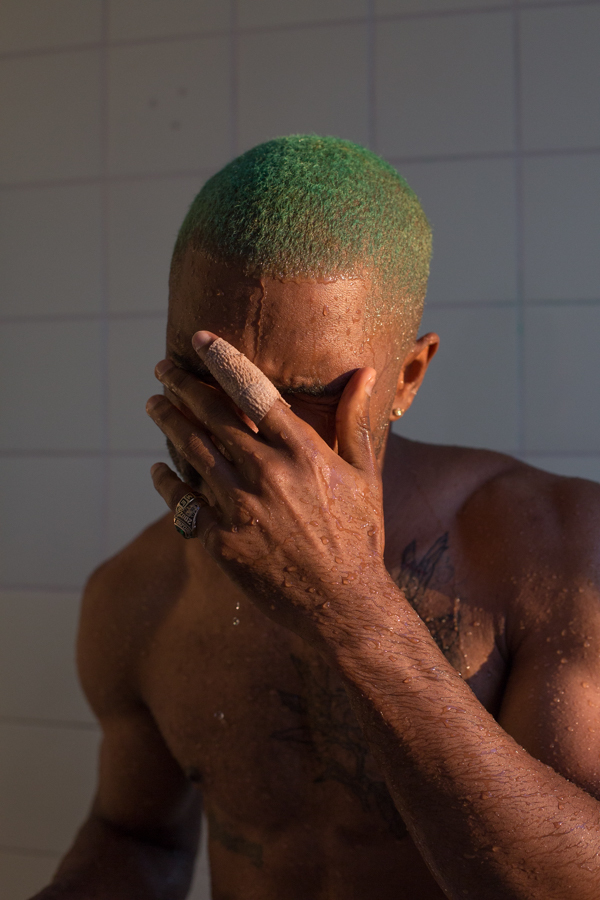
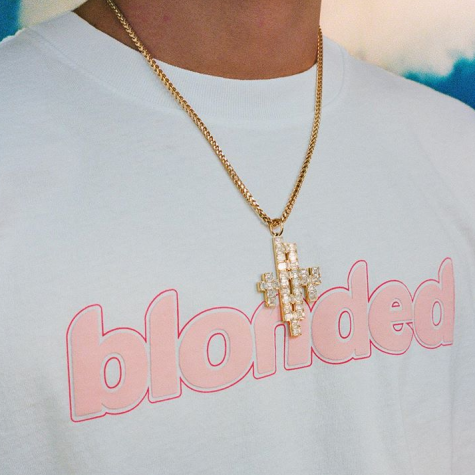
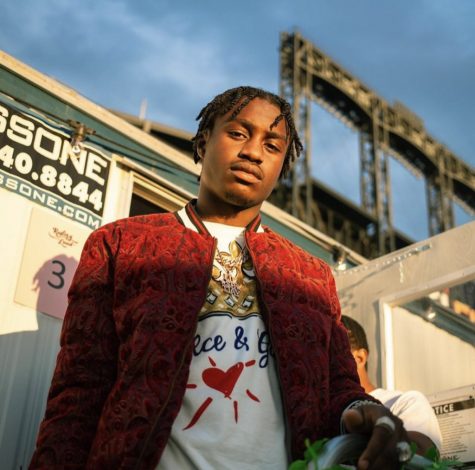
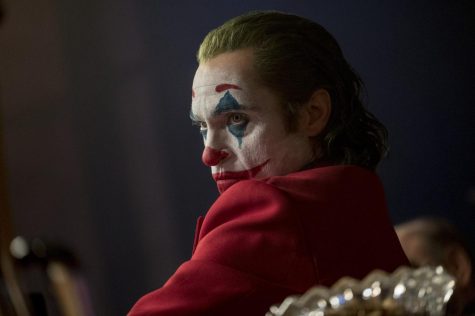
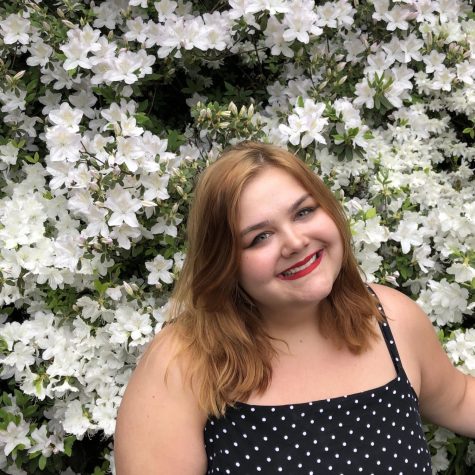
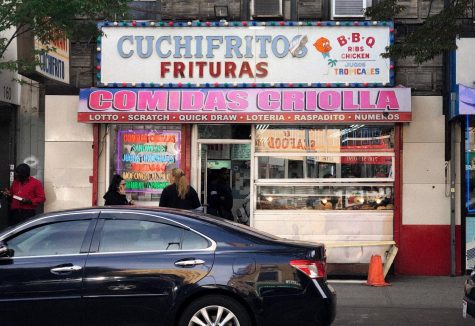
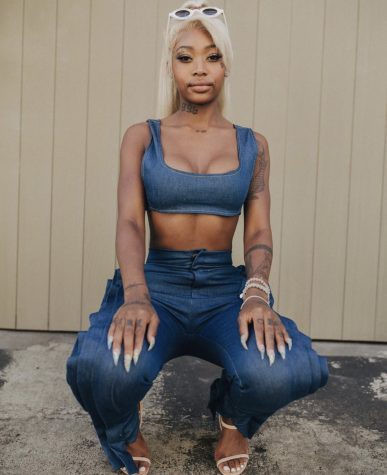

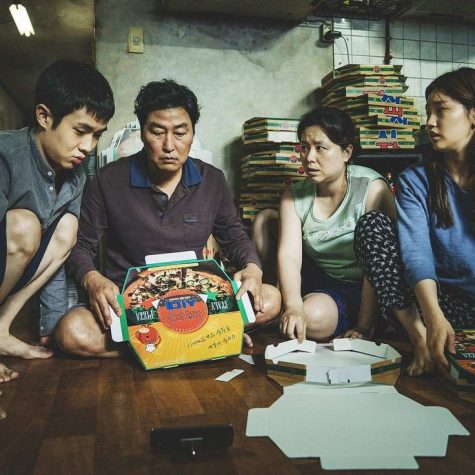


If you want a picture to show with your comment, go get a gravatar.